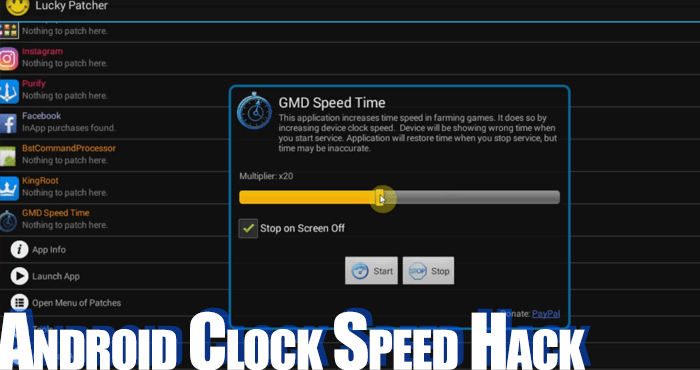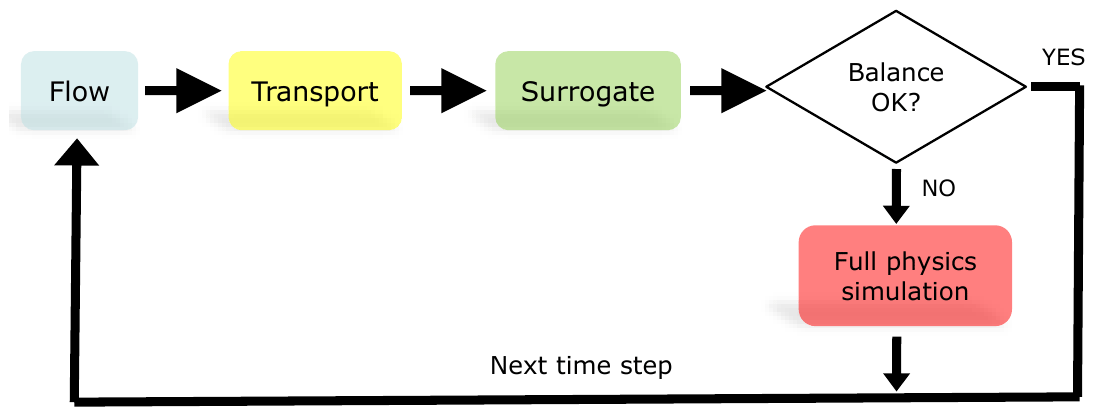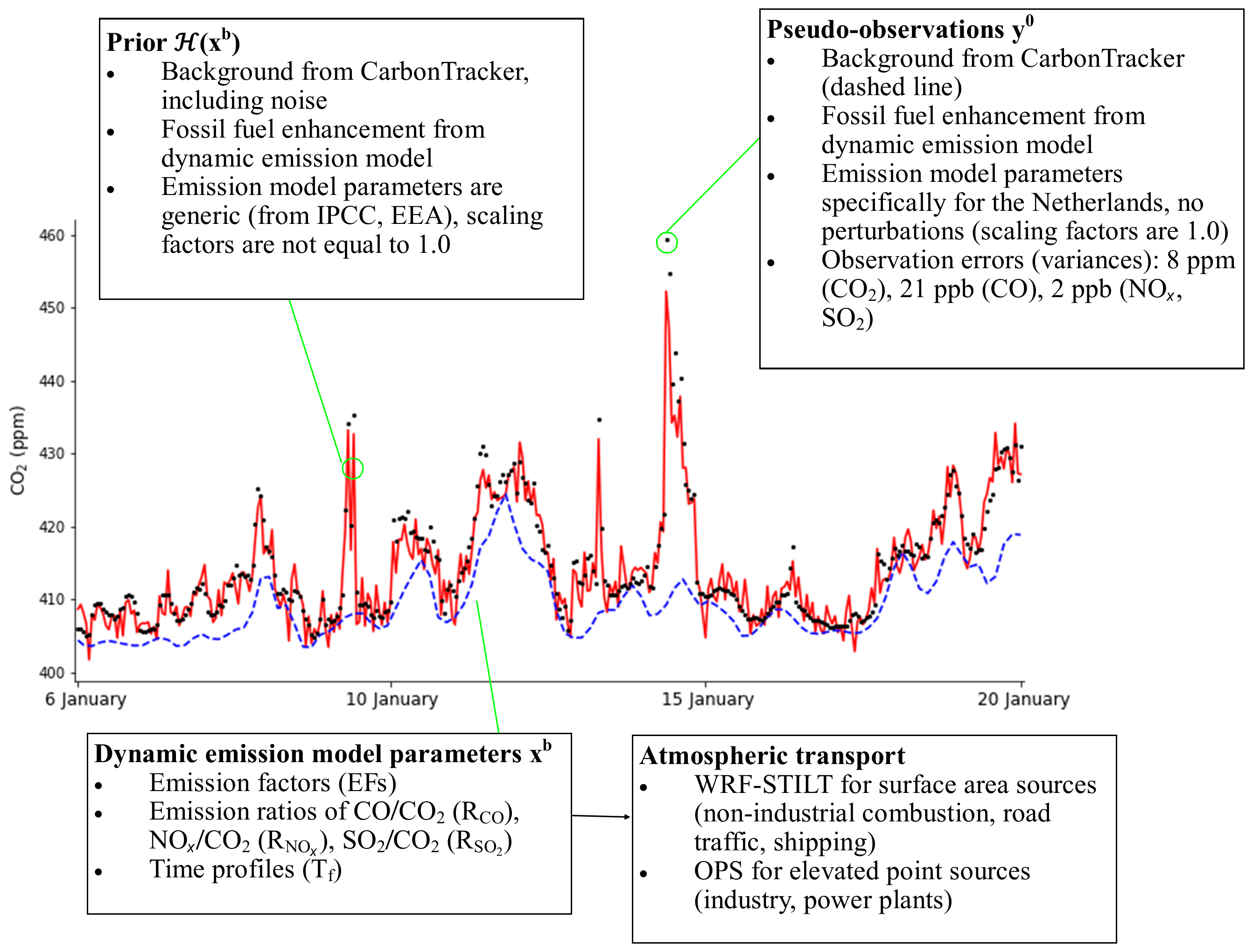
Modeling the circulation in the Baltic Sea is challenging due to the complex topography, strong stratification, and dense inflows related to major Baltic inflow (MBI) events ( Mohrholz et al., 2015 Gräwe et al., 2015 b Mohrholz, 2018).ĭue to the complex nonlinear interaction with the North Sea ( Gustafsson, 1997 Gustafsson and Andersson, 2001), it is widely accepted that the North Sea and Baltic Sea must be modeled as a single coupled system ( Daewel and Schrum, 2013 Pätsch et al., 2017 Hordoir et al., 2019). We have also revised the numerical schemes (e.g., advection of momentum and tracers) to reduce artificial mixing.įinally, NEMO 4.0 uses the SI3 sea ice model instead of LIM3. Vertical grid resolution has been increased in the surface layer from 3 to 1 m.

The setup is based on the Nemo-Nordic 1.0 configuration ( Hordoir et al., 2019).Ĭompared to Nemo-Nordic 1.0, the most notable updates are the switch from NEMO 3.6 to NEMO 4.0, updated bathymetry, and revised bottom friction formulation. The model domain covers the North Sea and Baltic Sea (Fig. In this paper, we present an updated Nemo-Nordic 2.0 model for the Baltic Sea based on the NEMO circulation model version 4.0 ( Madec et al., 2019). It was based on NEMO version 3.6 and was coupled to the integrated ice model LIM3 ( Vancoppenolle et al., 2009). The first version of a common ocean circulation model built around the Nucleus for European Modelling of the Ocean (NEMO) was called Nemo-Nordic 1.0 and was described and validated by Pemberton et al. The HIROMB model existed in several branches in different institutes for many years, e.g., the HIROMB model ( Funkquist and Kleine, 2007 Axell, 2013) at the Swedish Meteorological and Hydrological Institute (SMHI) and the HIROMB BOOS Model (HBM Berg and Poulsen, 2012). The cooperation itself later became the modeling part of the Baltic Operational Oceanographic System (BOOS, last access: 29 March 2021 She et al., 2020), or the BOOS Modelling Programme. It was a cooperation involving many Baltic institutes that gathered around a common circulation model with the same name. Operational ocean modeling has a fairly long history in the Baltic Sea, starting in the mid-1990s with HIROMB (High Resolution Operational Model for the Baltic). Blue and red lines illustrate the TransPaper and FinnMaid ferry routes, respectively. Red and black dots indicate station locations with SSH and SST observations, respectively yellow dots indicate vertical profile locations. The model assessment demonstrates that Nemo-Nordic 2.0 can reproduce the hydrographic features of the Baltic Sea.įigure 1Computational domain and bathymetry (a) the entire model domain, (b) the Baltic Sea, and the (c) Danish Straits region. The model captures the 2014 major Baltic inflow event and its propagation to the Gotland Deep. Salinity RMSD is typically below 1.5 g kg −1. Seasonal sea surface temperature variation is well captured, although the model exhibits a negative bias of approximately −0.5 ∘C. Sea level root mean square deviation (RMSD) is typically within 10 cm throughout the Baltic basin. The model is validated against sea level, water temperature, and salinity observations, as well as Baltic Sea ice chart data for a 2-year hindcast simulation (October 2014 to September 2016).

Sea ice is modeled with the SI3 model instead of LIM3. In addition, the numerical solver configuration has been revised to reduce artificial mixing to improve the representation of inflow events. Vertical grid resolution has been increased from 3 to 1 m in the surface layer. The model domain covers the Baltic Sea and the North Sea with approximately 1 nmi resolution.

The most notable updates include the switch from NEMO version 3.6 to 4.0, updated model bathymetry, and revised bottom friction formulation. The model is based on the NEMO (Nucleus for European Modelling of the Ocean) circulation model and the previous Nemo-Nordic 1.0 configuration by Hordoir et al. It provides estimates of sea surface height, water temperature, salinity, and velocity, as well as sea ice concentration and thickness. The model is used for both near-real-time forecasts and hindcast purposes.

This paper describes Nemo-Nordic 2.0, an operational marine model for the Baltic Sea.


 0 kommentar(er)
0 kommentar(er)
